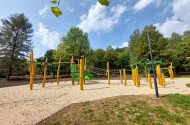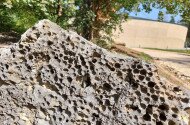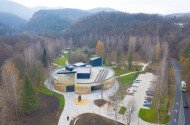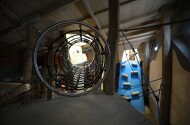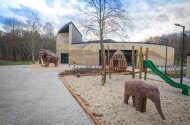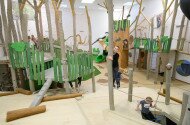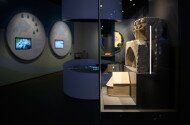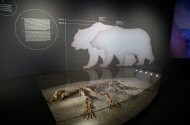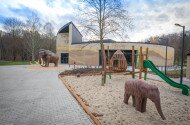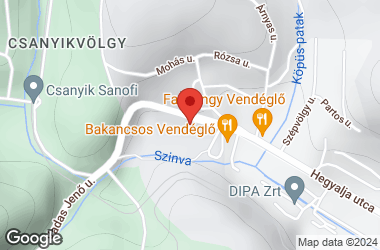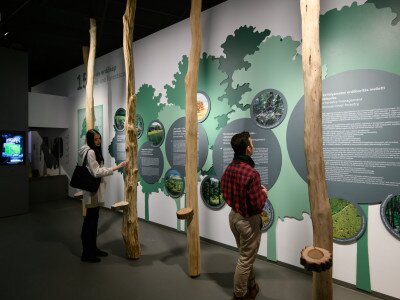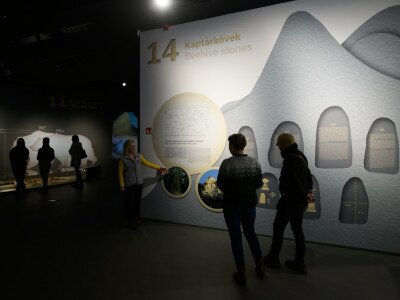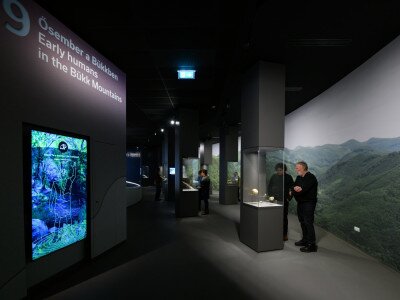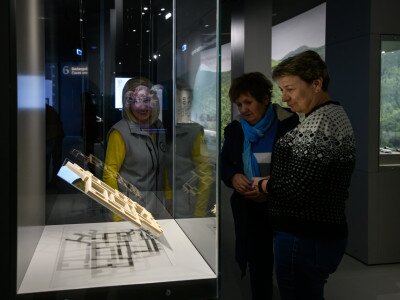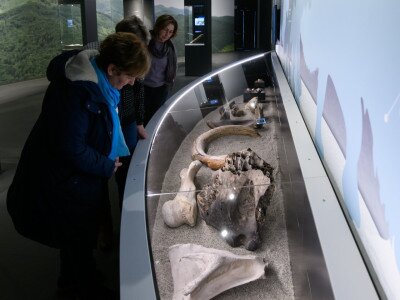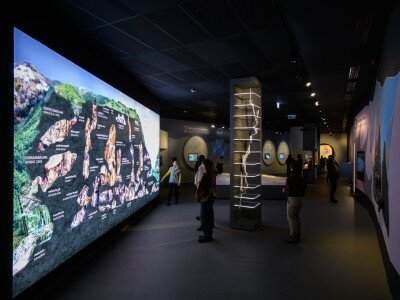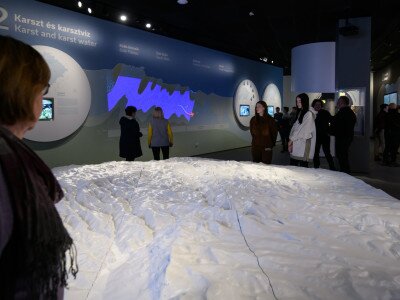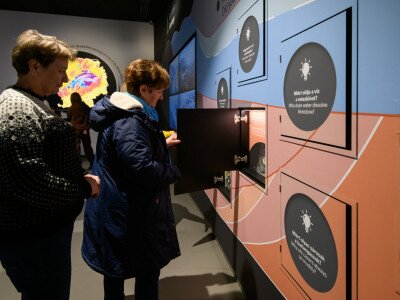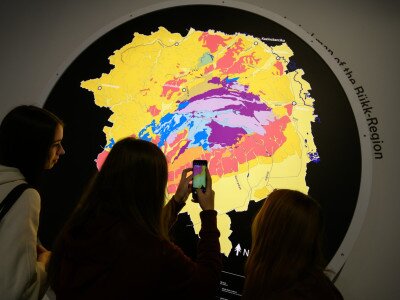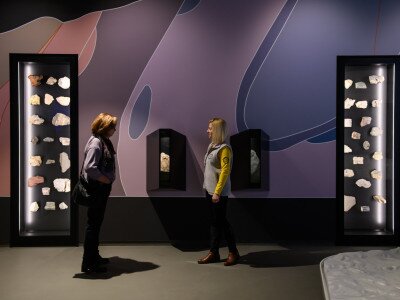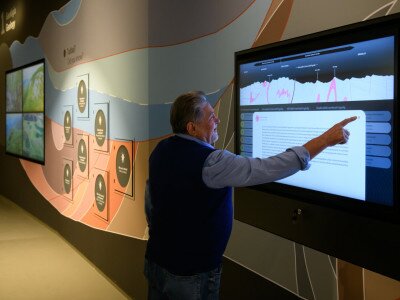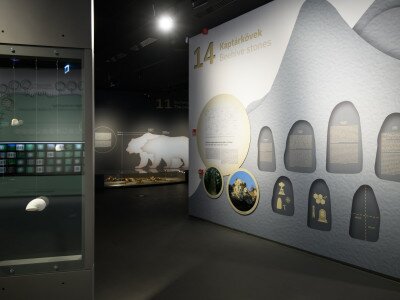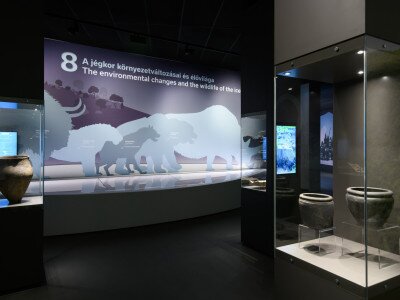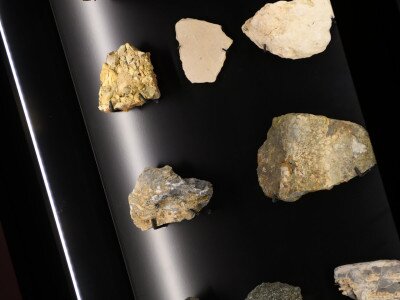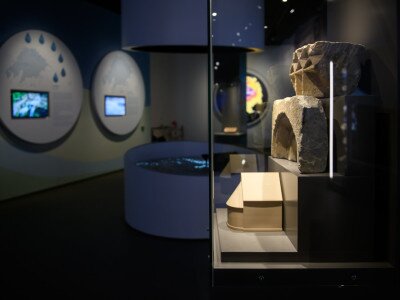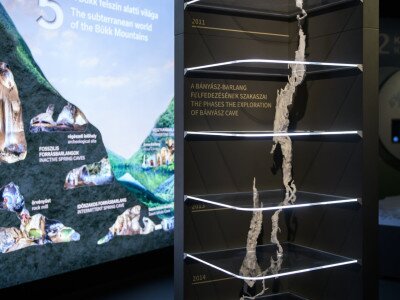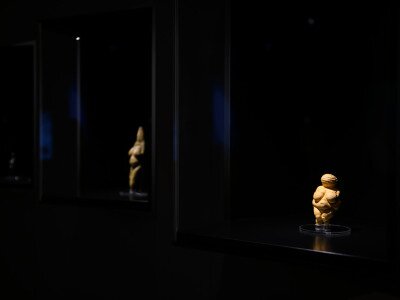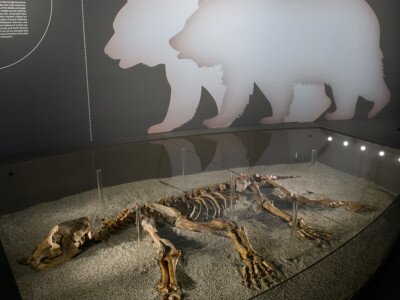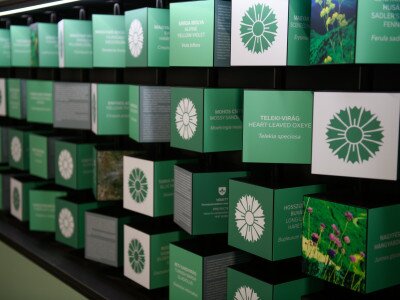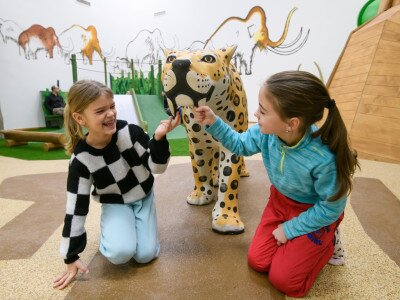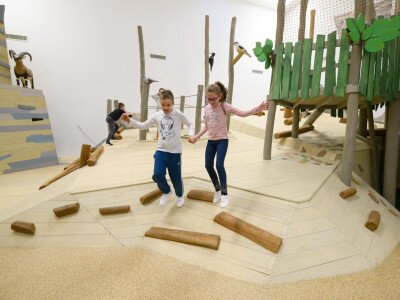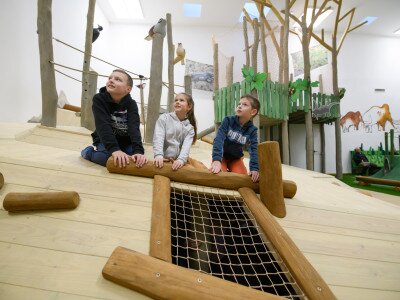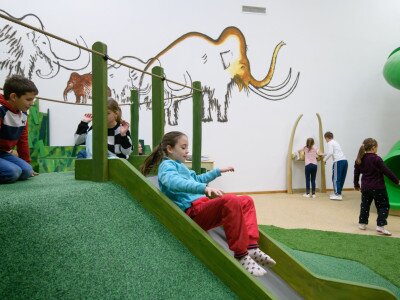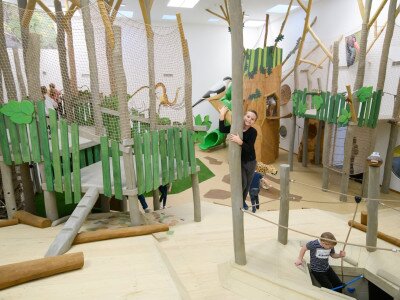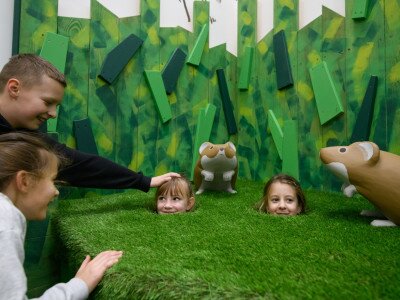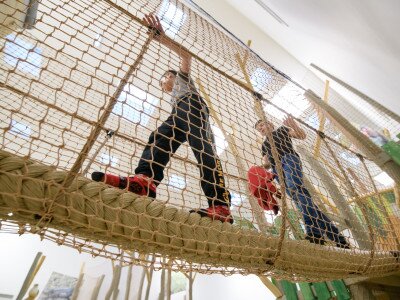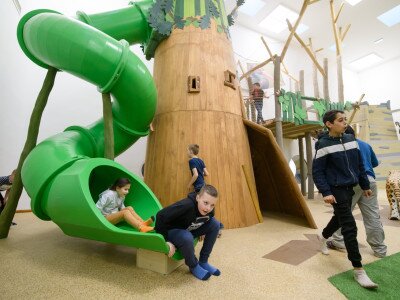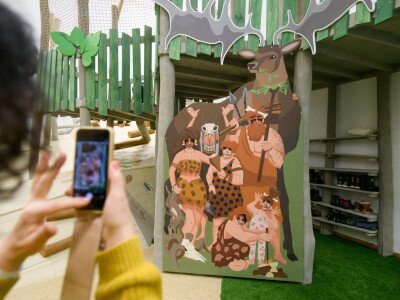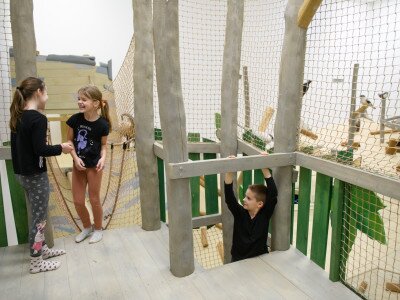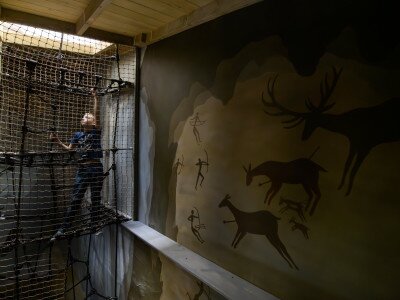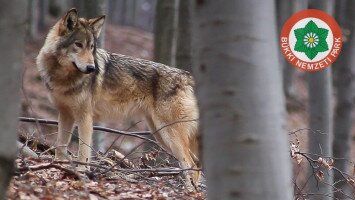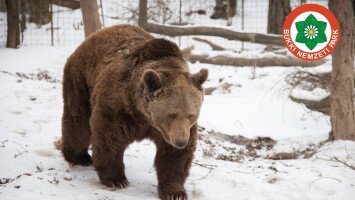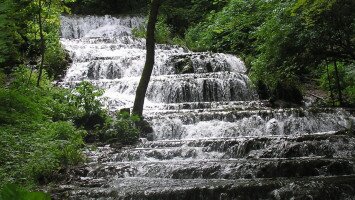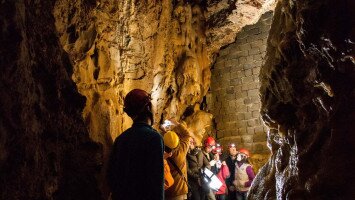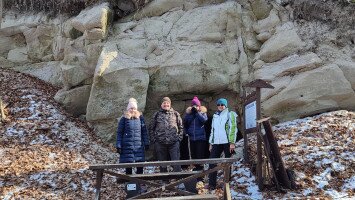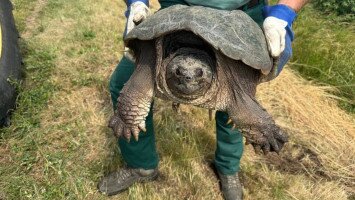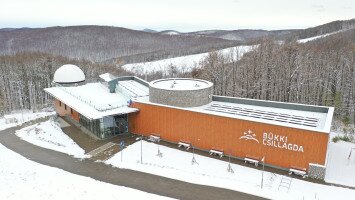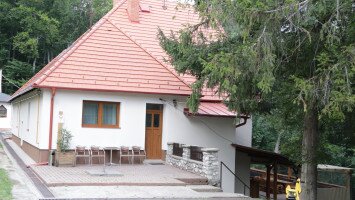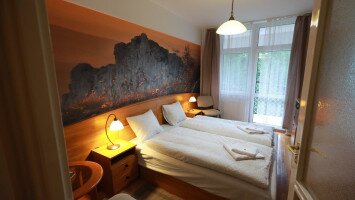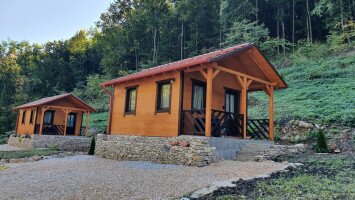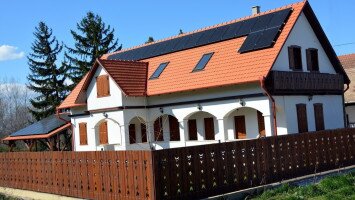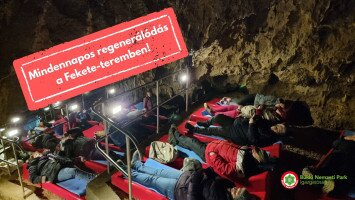
The Szeleta Park Visitor Center in Miskolc is the newest exhibition space of the Bükki National Park Administration.
The Szeleta Park's exhibition entitled "Thousand-year-old secrets of the Bükk caves - The nature of the primitive man" presents:
· the natural treasures of Bükk Mountain,
· special earth history,
· its unique hydrography and cave system,
· the hive stones,
· the typical flora and fauna of the mountains,
· as well as the world-famous Szeleta culture, the on-site results of the cradle of Hungarian paleontology.
Galéria
All this is not only graphically presented, but also through interactive interfaces and 2-/3D films. The topics are echoed in the visitor center's environmental education modules, which are aimed at elementary and high school age groups in the area. An employment room is available for them on these occasions. The Stone-age Karst Adventure indoor playhouse is designed for 4-14 years old. Children can descend into the "Doline pit", have an adventure in a multi-level tunnel system, while observing the wildlife of the Bükk Mountains. During their discoveries, they can meet the saber-toothed tiger, but they can also try archeology. The Bikkmakk playground is located in the square in front of the building, and the Pókfonal (Spider yarn) playground awaits the little ones in the park, which can be visited by purchasing a ticket.
Galéria
While the children are playing, the adults can refresh themselves and have a snack in the Szeleta Park bistro. The thematic offer of the gift shop is complemented by products from the Bükki National Park Trademark, and the novel " Man with Stone Ax ", republished on the occasion of the opening of the visitor center, can also be purchased. In the area surrounding the building, get to know the Future path, which is complemented by a stone park and a bird- and insect-friend garden. But if you like to have a longer walk, you can choose the 3.5 km long Szinva nature interpretation trail starting from the Szeleta Park.
OPENING HOURS SZELETA PARK VISITOR CENTER (EXHIBITION, TICKETS)
Monday closed
Tuesday 10.00 - 18.00
Wednesday 10.00 - 18.00
Thursday 10.00 - 18.00
Friday 10.00 - 18.00
Saturday 10.00 - 18.00
Sunday 10.00 - 18.00
THE STONE-AGE KARST ADVENTURE AND THE BISTRO IS OPEN
FROM TUESDAY TO SUNDAY 10.00 – 20.00

